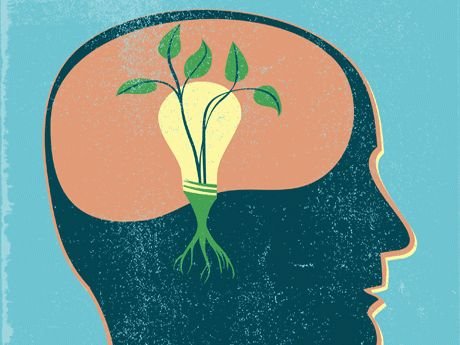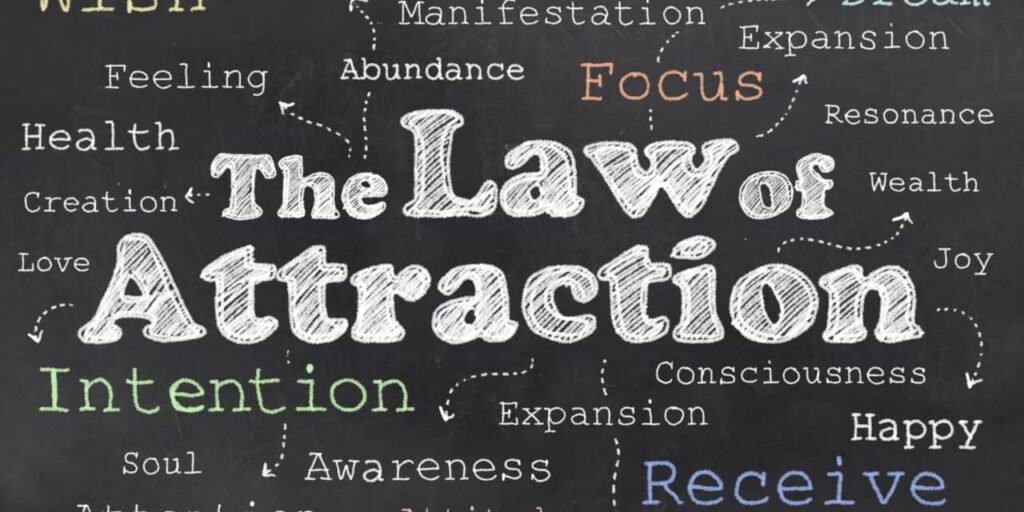5 Longevity Tips and Hacks to Live Longer (Healthier Habits)
5 Longevity Tips and Hacks to Live Longer (Healthier Habits) In the quest for a long life, humanity has always sought the elixir of youth. While no single magic pill exists, decades of rigorous scientific research have unveiled a powerful truth: our lifestyle choices are the ultimate hacks to extending not just our life expectancy, but also our healthspan—the period of life spent in good health and vitality. The good news is that many of these “hacks” involve surprisingly simple things and small changes in our daily life that can make a huge difference to our overall health and significantly lower risk of chronic ailments. This article, presented by “Wellness Warriors,” aims to be an authority in the field of longevity, providing professional, detailed, and fact-backed insights into the best health hacks for a longer lifespan. Globally, women consistently have a higher life expectancy than men. As of recent data (around 2023-2025 estimates), the world average life expectancy is approximately 75.8 years for women and 70.9 years for men. This gap of about 5 years is observed in almost every country, though its size can vary significantly depending on regional factors and specific societal influences. While biological differences play a role, behavioral factors like higher rates of smoking, risk-taking, and certain occupational health risks among men also contribute to this disparity. The Unseen Enemy: Chronic Diseases and Early Mortality Before diving into the solutions, it’s crucial to understand what primarily cause mortality and reduce life expectancy in modern societies. Heart disease and cardiovascular disease stand at the forefront, responsible for a significant portion of premature deaths. Conditions like high blood pressure, high cholesterol, and type 2 diabetes are major risk factors that pave the way for these debilitating illnesses. The modern Western dietary pattern, often rich in processed foods, refined sugars, and red meat, coupled with a sedentary lifestyle, contributes significantly to these health risks. However, the science is clear: by embracing healthy behaviors and optimizing our lifestyle factors, we can drastically reduce our risk of chronic diseases, including heart attack and Alzheimer’s disease, and pave the way for a vibrant old age. Hack 1: The Power Plate – Fueling Your Longevity What we put into our bodies has a profound impact on our long-term health. A healthy diet is arguably the most fundamental longevity hack. Embrace the Plant-Based Revolution (Mostly!) The Blue Zones, regions around the world where people live remarkably long and healthy lives (identified by explorer Dan Buettner), consistently highlight a predominantly plant-based diet. This doesn’t necessarily mean strict veganism, but rather emphasizing whole, unprocessed healthy foods from the earth. Think fresh fruits, vibrant vegetables, legumes, nuts, and whole grains. A recent study and countless others confirm that a plant-based diet is associated with a lower risk of heart disease, certain cancers, and type 2 diabetes. It contributes to lower blood pressure, improved insulin sensitivity, and a healthier body mass index. The Mediterranean Diet: A Timeless Blueprint The Mediterranean diet consistently ranks among the healthiest eating patterns globally. It’s characterized by: A recent review published in the journal “CNN’s Eat” and other prominent health publications consistently shows the health benefits of this dietary approach on life expectancy and reducing the burden of cardiovascular disease. The Curious Case of Calorie Restriction Calorie restriction, consuming fewer calories than usual while still meeting nutritional needs, has shown remarkable effects on lifespan in various animal studies. While direct human application is complex and requires careful monitoring, the concept of mindful eating and avoiding overeating aligns with the habits observed in long-lived populations. The goal isn’t to starve, but to optimize nutrient intake and avoid excessive caloric load. Some research, including findings supported by the National Institute on Aging, suggests that even modest reductions in calorie intake can have a positive effect on metabolic markers linked to aging. Hack 2: Move Your Body – The Exercise Imperative Regular physical activity is non-negotiable for anyone seeking a longer lifespan. It’s one of the best ways to fortify your body against the ravages of time and disease. Aerobic Exercise: The Heart’s Best Friend Engaging in regular exercise, such as brisk walking, jogging, swimming, or cycling, strengthens the heart and blood vessels. This improves heart rate variability, helps to lower blood pressure, and enhances the efficiency of your circulatory system. The American Heart Association recommends at least 150 minutes of moderate-intensity aerobic activity or 75 minutes of vigorous activity per week. These are crucial steps in preventing heart disease and maintaining a robust immune system. Strength Training: Building Resilience While often overlooked, strength training is equally vital, especially for older adults. It helps maintain muscle mass and bone density, which naturally decline with age. This not only improves mobility and reduces the risk of falls but also boosts metabolism and supports overall physical health. Incorporating two to three sessions of strength training per week can yield the best results for long-term health. The Power of High-Intensity Interval Training (HIIT) High-intensity interval training (HIIT), characterized by short bursts of intense exercise followed by brief recovery periods, has gained popularity for its efficiency and potent health benefits. A new study suggests that HIIT can significantly improve cardiovascular fitness, insulin sensitivity, and even promote cellular repair mechanisms linked to the aging process. Even if you don’t have much time, short, intense bursts can make a difference. Hack 3: The Mind-Body Connection – Nurturing Your Inner World Longevity isn’t just about the physical; mental health plays a critical role. The intricate connection between our minds and bodies is increasingly understood, with implications for our long life. Stress Reduction: Calming the Nervous System Chronic stress can have devastating negative effects on the body, contributing to inflammation, weakened immune system function, and an increased risk of heart attack. Practices like mindfulness, meditation, yoga, and spending time in nature can significantly reduce stress levels, calm the nervous system, and promote a sense of well-being. The renowned social psychologist Amy Cuddy‘s research, while focused on power posing, underscores the profound impact of
5 Longevity Tips and Hacks to Live Longer (Healthier Habits) Read More »









